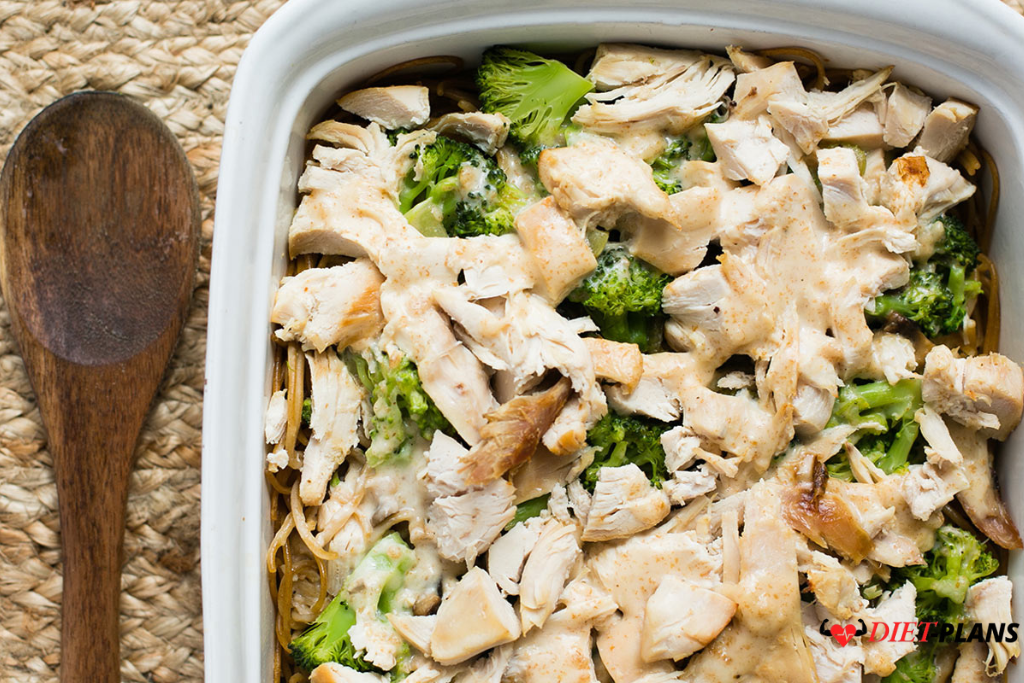Your Hormones: More Than Meets the Eye
Your hormones may make you feel crazy, I’ll tell you that! That may not come as a surprise or a secret, but the way your hormones change over a month affects your appetite, emotional state, cognitive abilities, and brain function. For 28 days, a lot happens in your body, and I’ll explain everything to you here.
Your Busy Body: Your Cycle’s Four Phases
Menstruation, follicular phase, ovulation, and luteal phase are the four stages of a woman’s cycle. To tell the truth, I was unaware of them until I was enrolled in advanced anatomy and physiology courses in college. I will err on the side of caution and assume that you too lack sufficient information.
Your endocrine system, which produces your hormones and controls the timing of your periods, the volume of menstrual flow, and the health of your reproductive organs, is where it all begins. Through the pituitary gland and the brain, your hormones communicate with your body. Are you still with me? We’re just getting warmed up.
Consider your cycle as a set of dominoes, where one action sets off the subsequent one. Technically, your cycle begins on the first day of your menstrual period, which typically lasts three to seven days for most women. Your follicular phase, which culminates in ovulation on days 10–14, is also getting started at this time.
The Science’s View
I’ll start with some of the studies that make me laugh, mostly because anybody who has ever had a period can tell you these things without the need for a financed study.
- The pre-menstrual period is when most women consume more energy than the post-menstrual phase.
- During the PMS period, there is a preferred preference for carbs.
Extreme carbohydrate cravings are more common in women with more severe PMS symptoms. All of this is related to your hormones, as you can be predisposed to heavier periods, shorter or longer cycles, and more intense symptoms.
Consume Food to Support Your Cycle
Phase 1: Iron and Anti-inflammatory Foods
Choosing meals that are high in nutrients and low in inflammation is crucial during this time since your body is going through a lot of inflammation.
Phase 2: Balanced Consumption of Whole Foods
Most research indicates that women feel their best during the follicular phase. A simple, well-balanced diet will work during these times.
Phase 3: Accessible, Healthful Sweets
During ovulation, stock up on nutritious sweets like dark chocolate, dates, Greek yogurt, and fruit to satisfy sweet cravings.
Phase 4: Increase Water and Omega-3 Fatty Acids, Decrease Caffeine
Eating omega-3-rich foods and staying hydrated can help with PMS symptoms like bloating. Foods like salmon, avocados, and nuts are excellent choices.
Align Your Workout Routine with Your Cycle
Every woman has a distinct cycle, with varying amounts of energy in each stage. Here’s a recommended exercise plan:
- Menstrual Phase: Pilates, healing yoga, and light cardio.
- Follicular and Ovulation Phases: HIIT, Tabata, and strength intervals.
- Luteal Phase: Barre and strength training with reduced intensity.
By tracking your cycle and aligning your food and workouts, you can better manage symptoms and feel balanced throughout your 28-day cycle.

